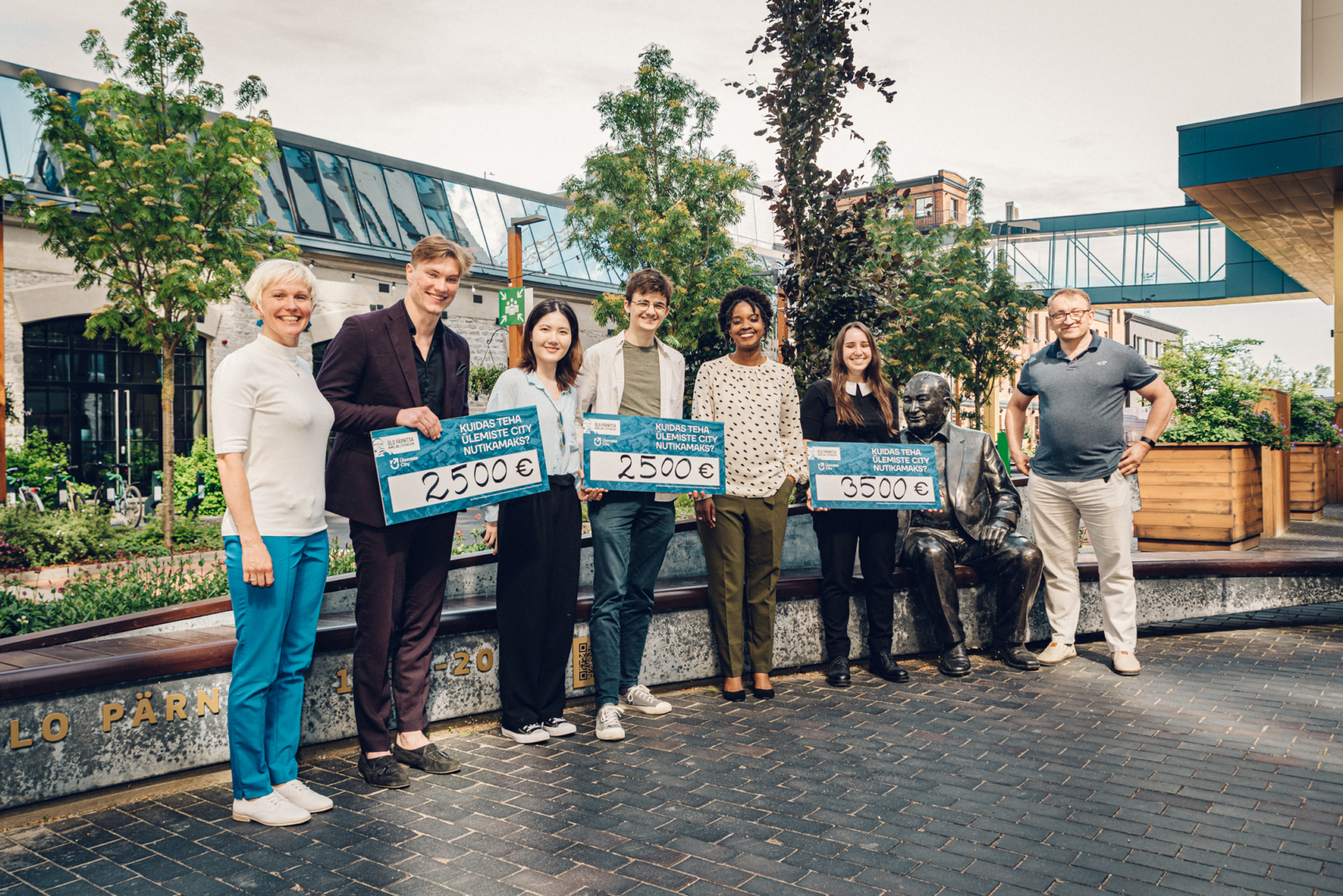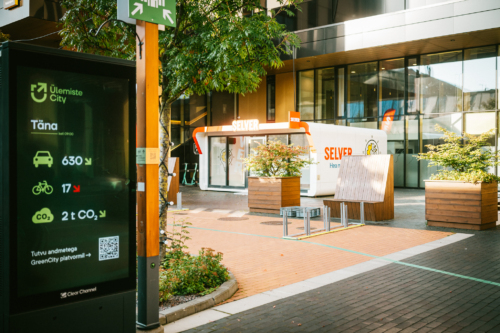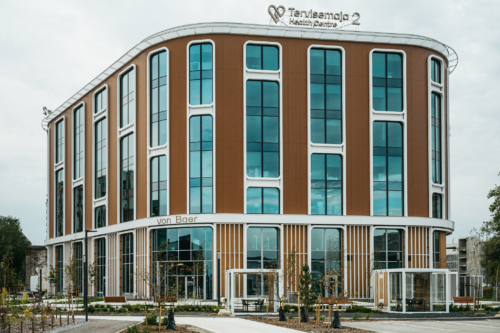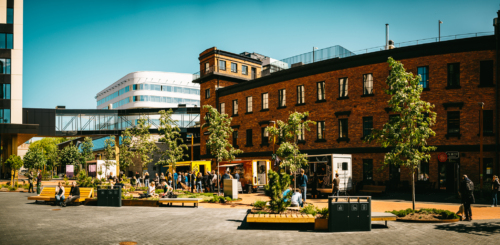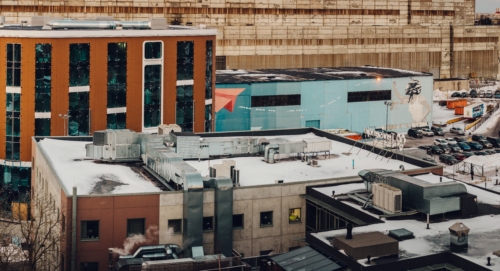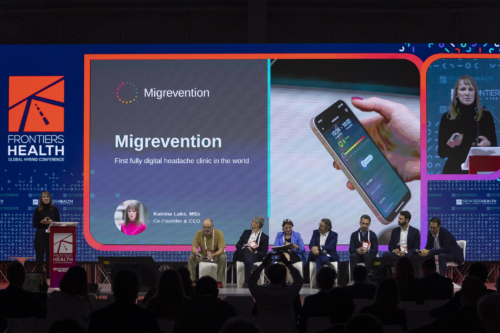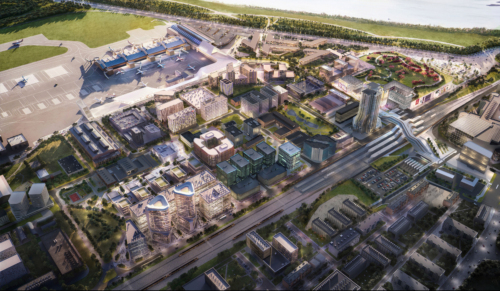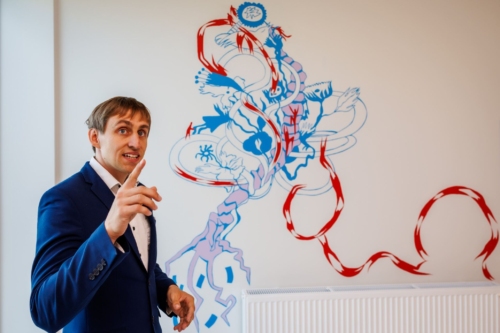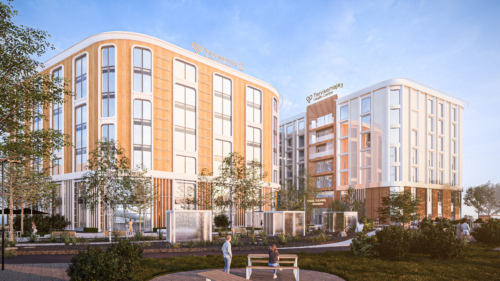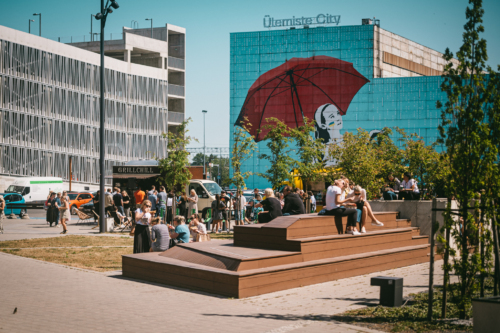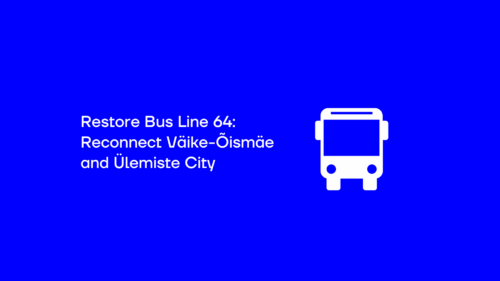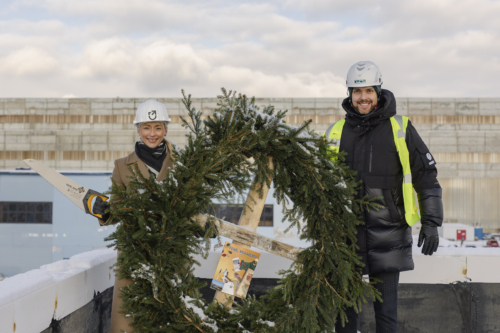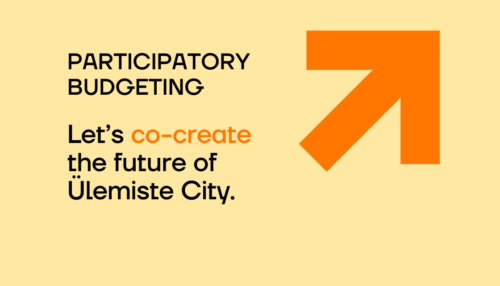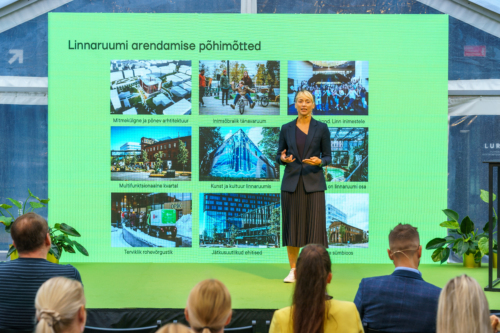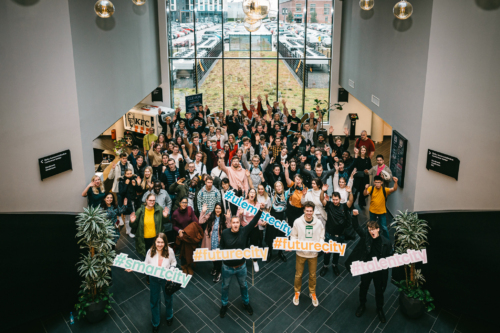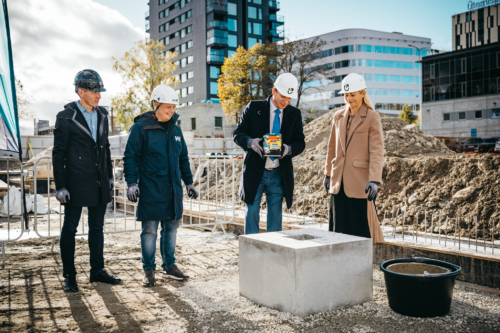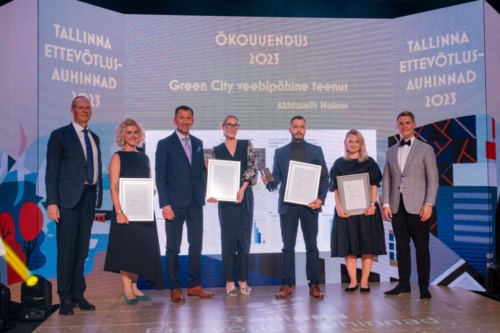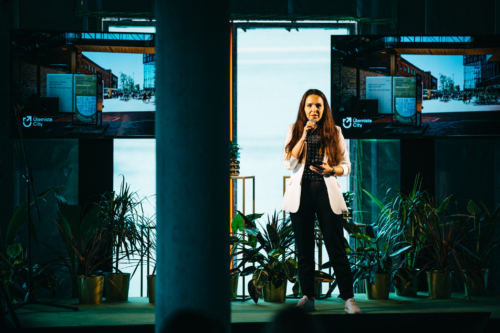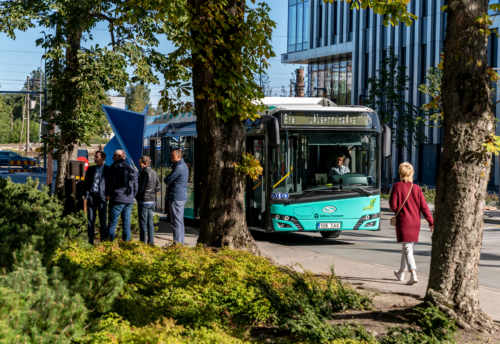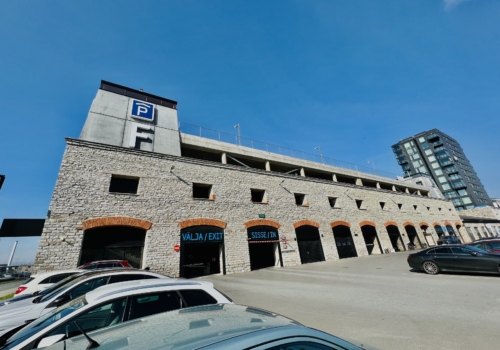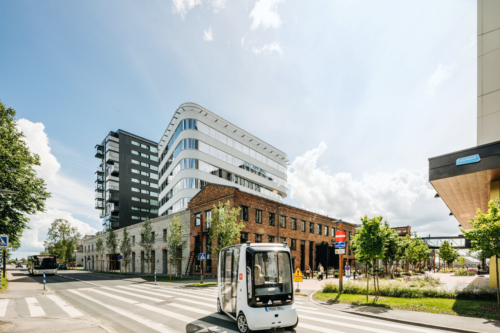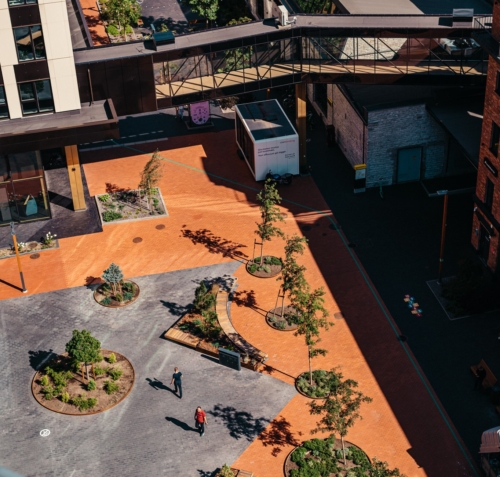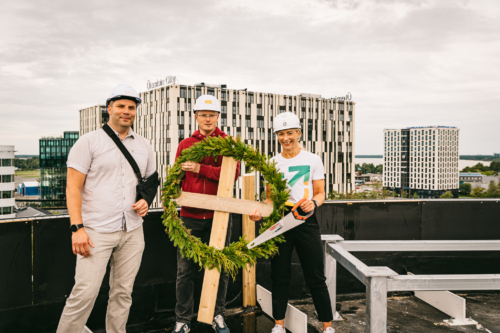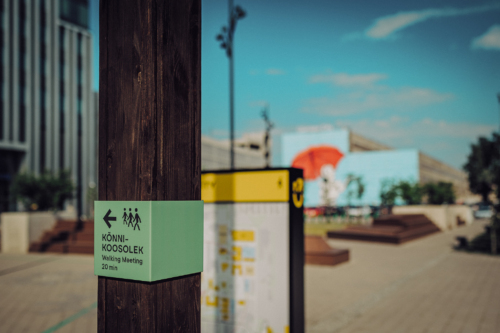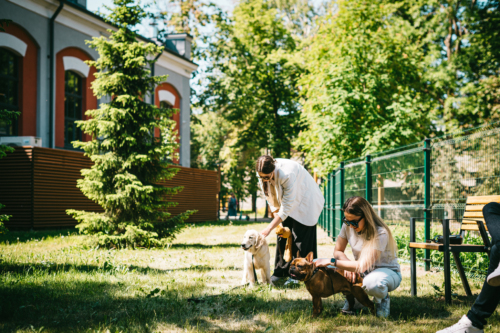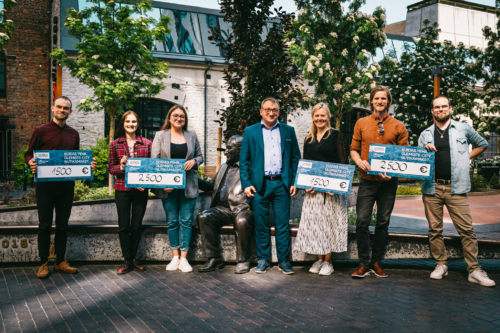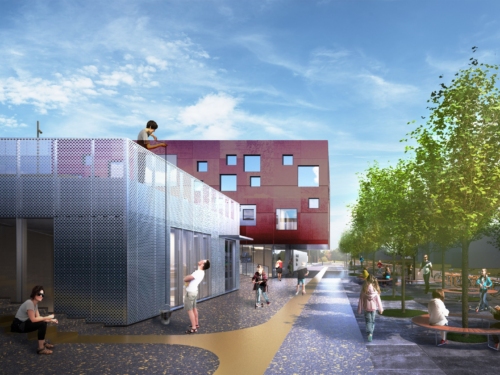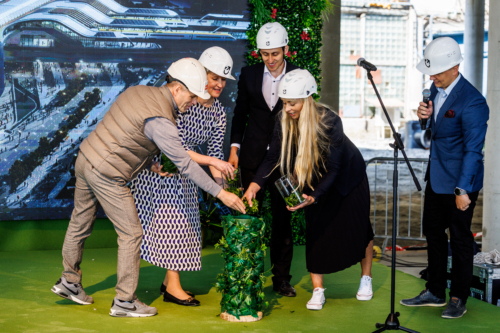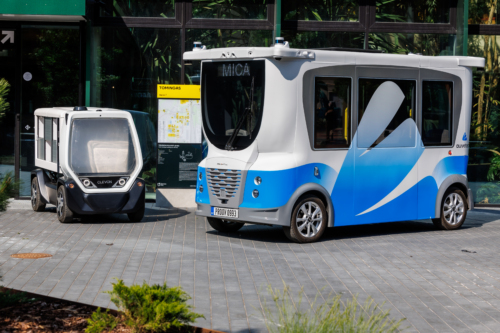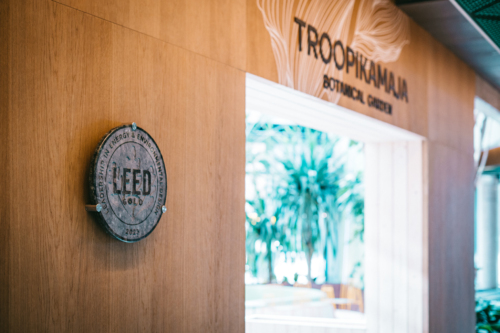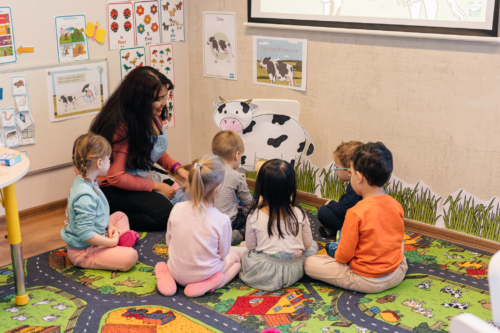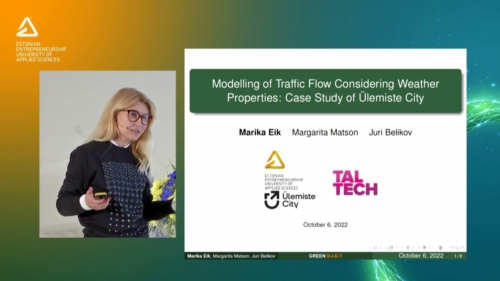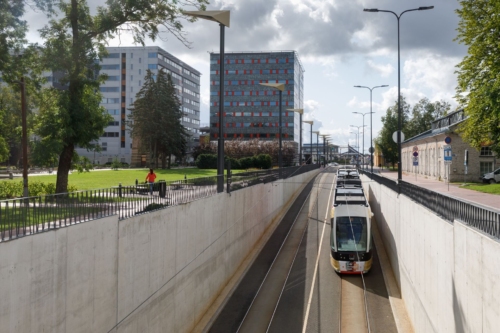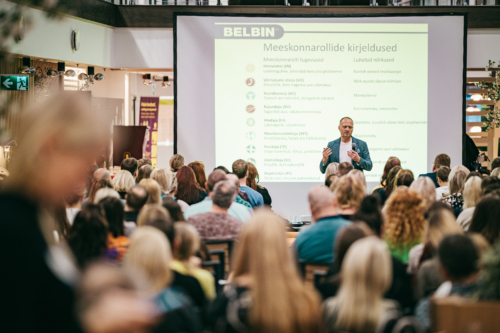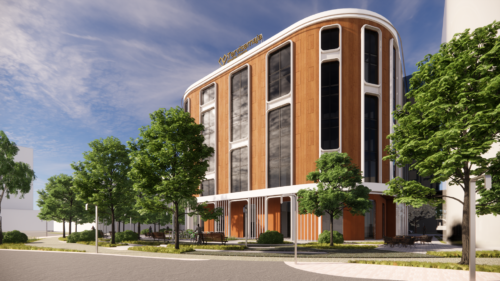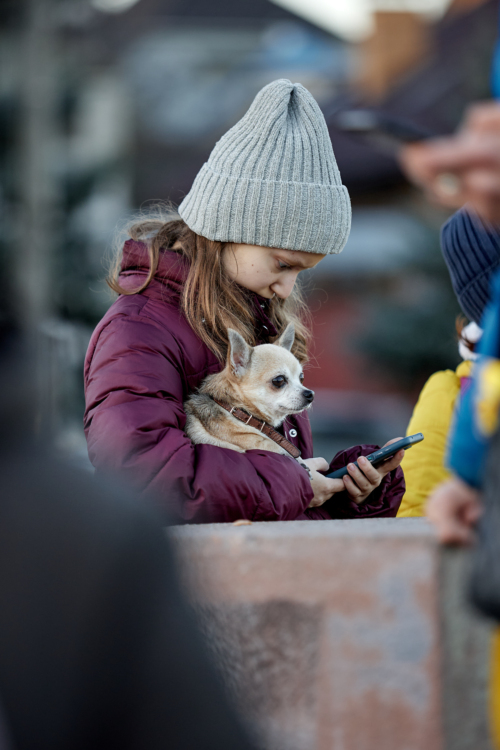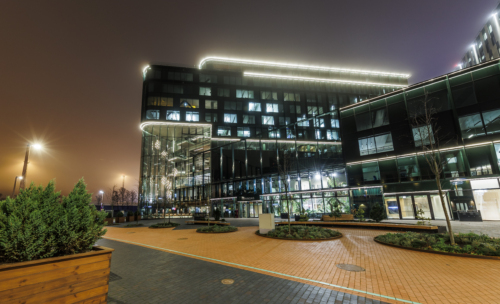Ülo Pärnits Scholarships Awarded in Ülemiste City for the Fourth Year Running
How to tame the wind racing between buildings, build a business tower as high as Sõrve Lighthouse or find smart solutions to promote children’s learning? The talented students of Taltech and Tartu University got together and presented their work to the board of Mainor AS. Let’s see what the students suggested.
Mitigating Wind Corridors for Pedestrians
Two theses from TalTech were awarded a scholarship. One of them was the master’s thesis sent to pre-defence and written by the post-graduate Jelena Kazak named “Wind analysis and the design of urban elements to improve the convenience of pedestrians in Ülemiste City “.
Kazak analysed four public green areas in Ülemiste City and assessed how the wind and temperature impacted the people in outdoor conditions. From that, suggestions were born to the campus developer so that people would feel comfortable in the green spots all year round.
“Wind corridors are a serious problem in Ülemistel City,” said Katrin Sulg, the content manager for services at AS Mainor. “Kazak’s work is a valuable input to start decreasing wind problems that are affecting pedestrian traffic in certain areas of Ülemiste City.”
Kazak was advised by five supervisors: Jenni Partanen (Future City Professor at TalTech), Francesco De Luca (TalTech), Mati Fjodorov and Katrin Sulg from Mainor AS.
A lot of work is done, but there is a lot to do. Kazak will continue researching the wind in Ülemiste City, develop a solution to the selected covers, test the built prototype, and perform additional wind simulations in her master’s thesis to be finished in spring 2022. Convenient places to spend time for the campus users and a unique design are planned.
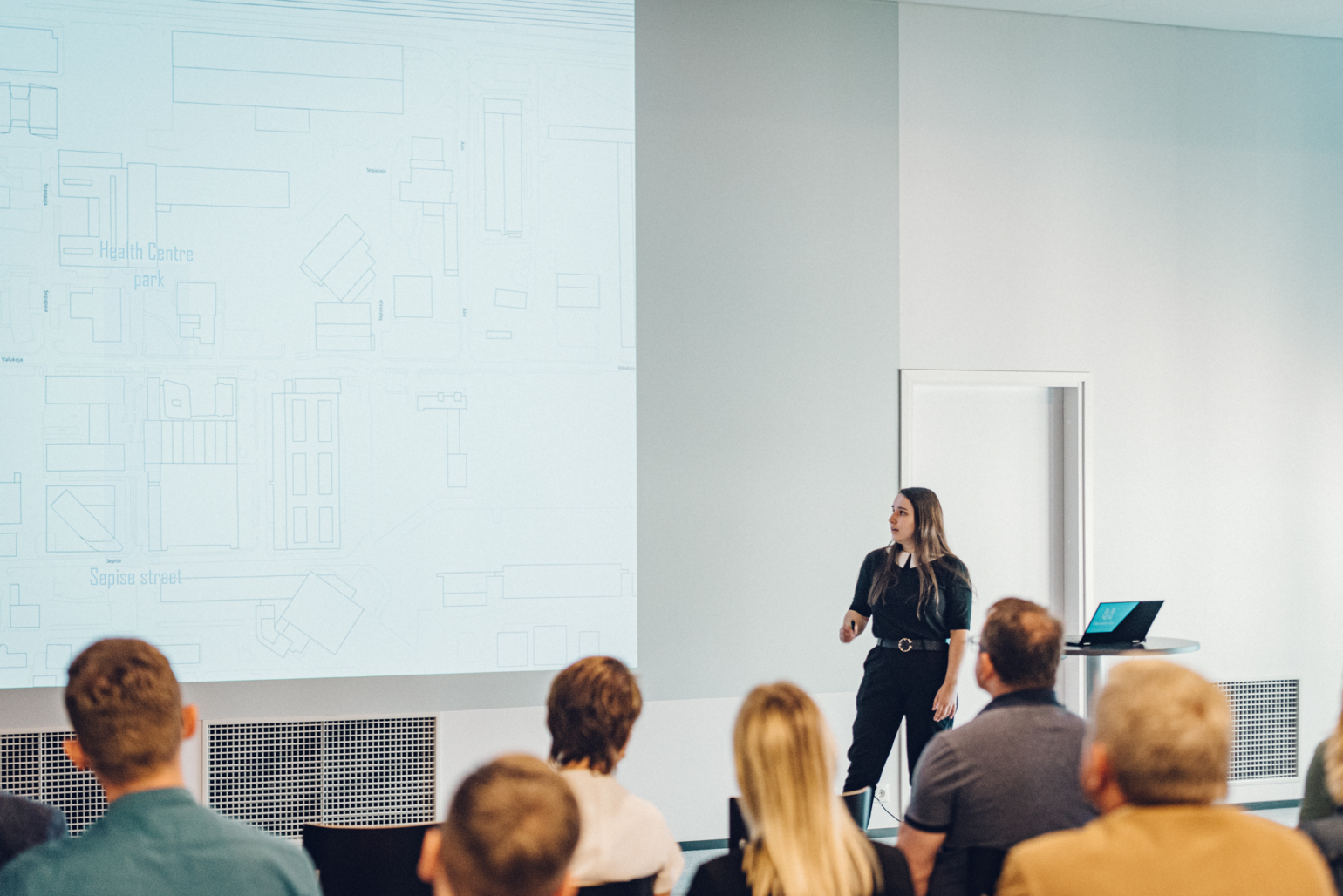
Obstacles in Building a 13-storey Wooden Business Building
Tristen Vardja, the fifth-year architecture post-graduate of TalTech, constructed a wooden business building. His task was to map the main obstacles in building wooden high-risers, find solutions, and suggest building them.
Vardja’s thesis is a real solution of the future that will assist in creating a more environmentally sustainable urban space. By building a wooden business building, it is possible to reduce greenhouse gases, and when compared to buildings with a reinforced concrete structure, it is more cost-effective in the long run.
There are very few wooden business buildings globally because there are several difficulties when building them, like the problem of fire hazards and the high price. Vardja accepted the challenge – he worked with several experts, including the experts at Ülemiste City, the Estonian Rescue Board and a Finnish architecture firm. In cooperation with an architecture firm, Vardja created a simulation, playing out a scenario in case of a fire and where the smoke would go. Vardja made suggestions in his thesis to the Estonian Rescue Board to modernise existing requirements for building wooden buildings.
The student was advised by Kimmo Sakari Lylykangas, (Taltech), Neeme Nõmme (Technopolis Ülemiste AS), Rauno Mätas (Mainor Ülemiste AS) and Katrin Sulg (Mainor AS). Now, Vardja has suggested that Ülemiste City started designing a high-rise office building based on the principles written in his master’s thesis.
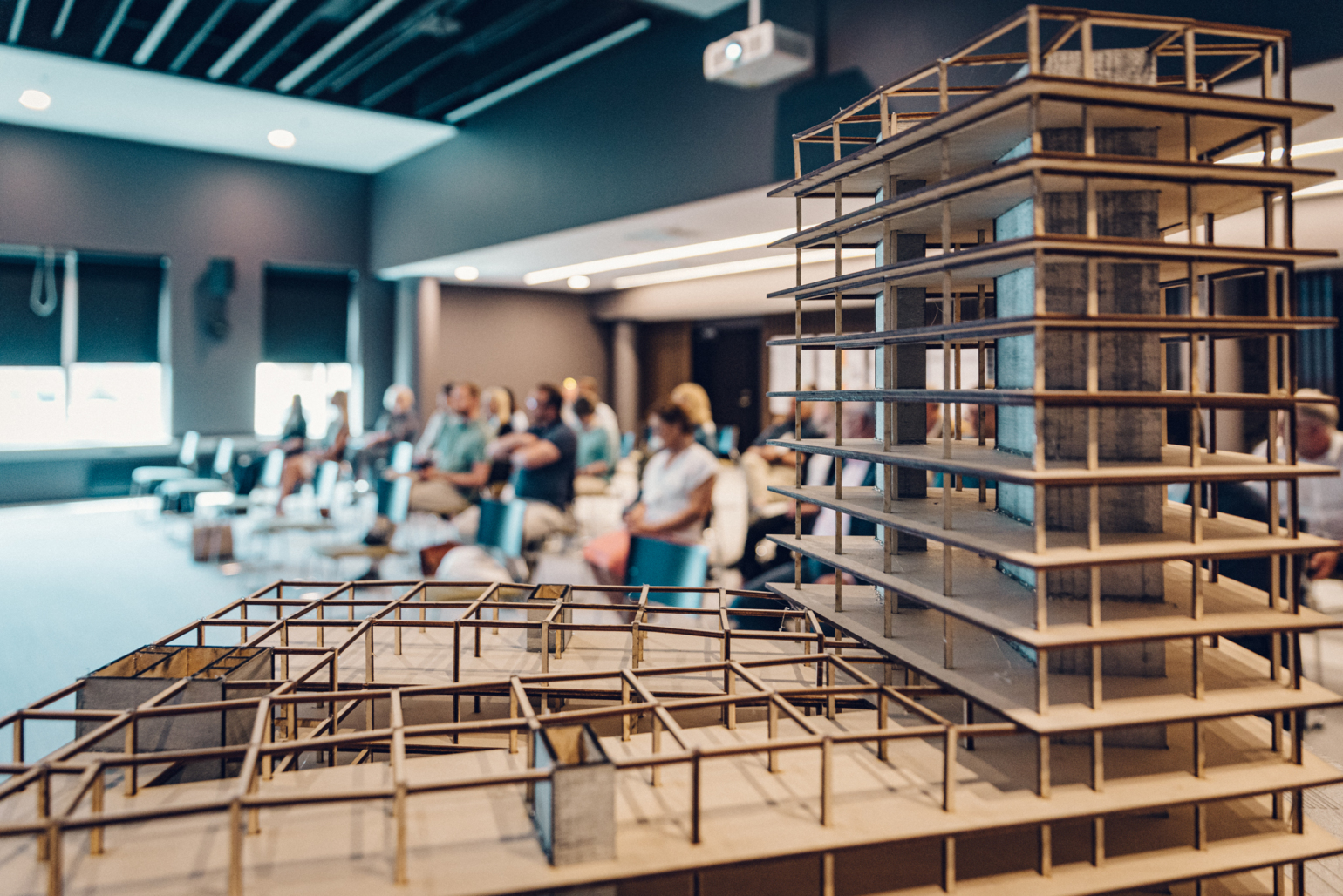
41 Ideas to Get Children to Learn Better
The third scholarship was awarded to “Aita õpilastel õppida” (“Help students learn”), a project internship thesis of Tartu University. It is also worth mentioning that the students of Tartu University participated in the Ülo Pärnits scholarship contest for the first time.
A group of students from different specialities presented ideas to the board of Mainor on how to motivate the students of the International School of Tallinn (IST) to learn better. In 2024, the construction of the new International School of Tallinn in Ülemiste City will start. The students will help enrich the school’s interior with innovative and learning supportive solutions that will motivate children at every age to learn and develop through daily activities. The solutions are simple – every child can use them easily and develop their competencies. A few examples:
A culture corner of interactive learning – students can choose nations and see what the people look like, what the nation’s customs and traditions are.
Virtual reality in the classroom – by combining virtual reality technology and digital media technology in the classroom, it is possible to create environments of different fields, like biology, medical or chemistry lab. Students can experiment with growing plants in a virtual biology lab or conduct heart surgery demonstrations in a medical lab.
Mental and physical development combined – the students suggested creating a reading corner with a climbing tree on the side. When a child gets tired, she can stand up and move and then continue doing mental work. It is mainly meant for children aged 7 to 12 years, for whom it is important to move often.
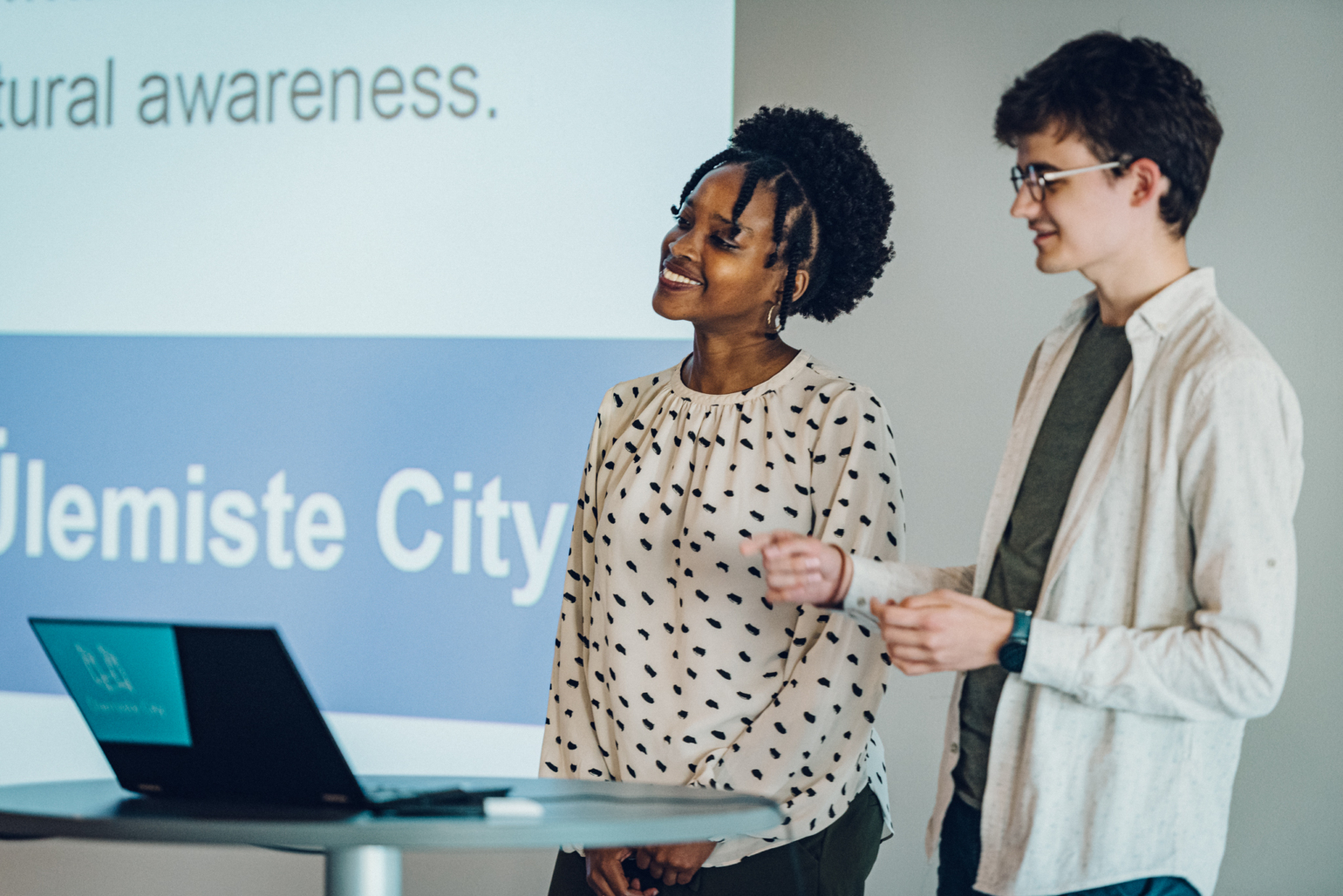
Students are the Future Talents
The goal of Ülo Pärnits scholarship is to promote lifelong and practical education and support research concerning the development of Ülemiste City as the future city. This year’s scholarship was funded by Mainor AS, Mainor Ülemiste, Technopolis Ülemiste, and Kristosten OÜ.
